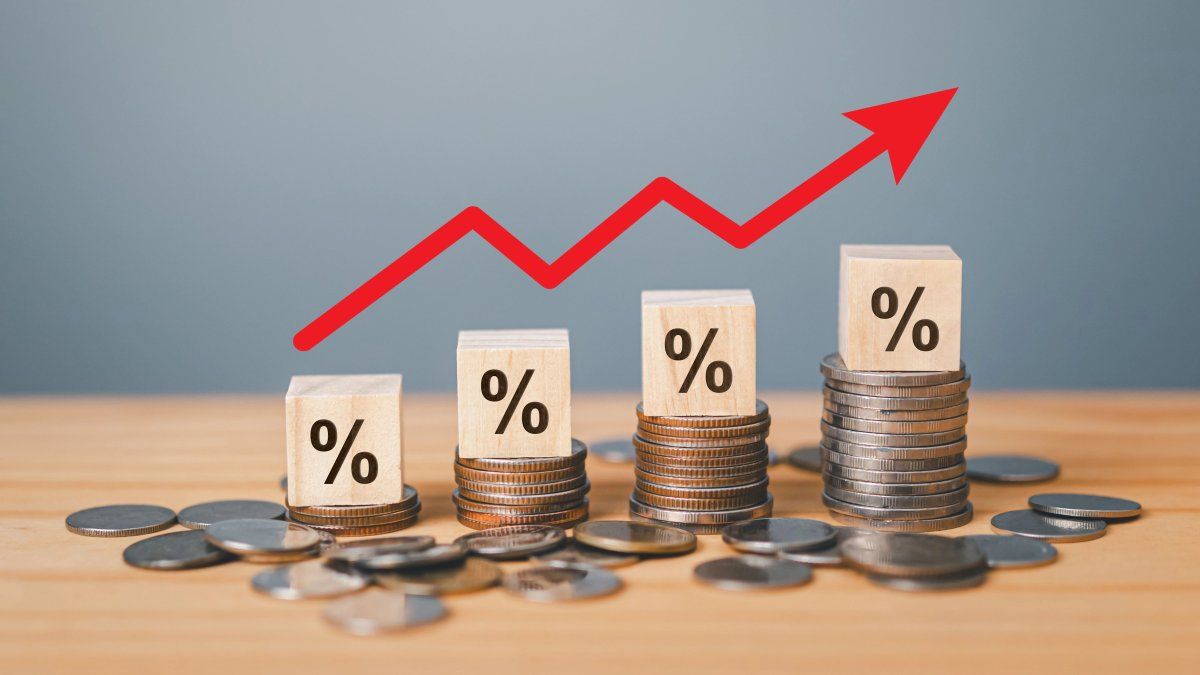In recent months, the Interests of fixed -term deposits They began to grow. In fact, although it is estimated that inflation could end below 30% in 2025, some of the country’s main banks already pay more than 35% for its placements in 30 days pesos. What is happening?
On average, the 28 most important banking entities in the country, according to the Central Bank of the Argentine Republic (BCRA), pay a Average annual nominal 31.5% (TNA) for its fixed deadlines. And in some specific cases, such as the Bank of the Province of Córdoba, the performance exceeds 35.5%.
Why do fixed deadlines upload?
According to market specialists, the key is in How the Government is managing liquidity of the local financial system.
“The rates of the fixed deadlines and the instruments at a fixed rate such as the LECAPS are rising because, after the end of the reference rate of the BCRA, the financial entities began to fix the yields according to the real liquidity of the system, in a freest way. In that context, the banks compete to capture the available weights, which are less and less. retain deposits, ”he explained Leonardo Anzalonedirector of the Center for Political and Economic Studies (CEPEC).
For its part, Gonzalo LacunzaAnalyst in Empiria Consultores, he added that, managing liquidity, the government “will seek to maintain the system with few pesos in post that the real rate of the economy remains high, perhaps not to May levels, but above the average.”
The offer of pesos contracts
According to a report by the economic consultant 1816the offer of weights not only did not increase so far in June, but It contracted because the treasure withdrew $ 2 billion from the system in the tender of financial instruments on the last Friday.
Besides, The banks were exceeded in the integration of minimum cash In the first weeks of the month, which caused an additional monetary base demand during some wheels.
“If one looks at the wholesale rate of Argentina (Tamar), we are currently with the highest real rate since the Milei era started. They are all symptoms of the same thing: at least in these days of June there were pesos,” they said since 1816 in their report.
In this context, Anzalone stressed that the phenomenon could help hold the demand for pesos and contain exchange pressuressomething fundamental in an electoral year. However, if the rates rise persists for a long time, “you can make credit and cool the level of activity.” “The challenge is to find a balance that consolidates the deflation without a lot of stop the recovery,” said the Executive.
Along these lines, Lacunza added that, “in the short -term trace off between inflation and activity, the Government will prioritize the disinflationary process although that means sacrificing less recovery of the activity.”
Source: Ambito
I am a 24-year-old writer and journalist who has been working in the news industry for the past two years. I write primarily about market news, so if you’re looking for insights into what’s going on in the stock market or economic indicators, you’ve come to the right place. I also dabble in writing articles on lifestyle trends and pop culture news.




